
Majestic Mount Fuji: Japan's Iconic Peak
Discover the timeless beauty and cultural significance of Mount Fuji, Japan's highest peak and a UNESCO World Heritage site, offering breathtaking views and unforgettable experiences.
Mount Fuji, or Fuji-san, is the highest mountain in Japan, standing at an impressive 3,776 meters. This iconic, snow-capped peak is not only a symbol of natural beauty but also holds great cultural significance. It has inspired countless artists and poets throughout history. Located on Honshu Island, Mount Fuji is part of the Fuji-Hakone-Izu National Park and is a UNESCO World Heritage site since 2013. Visitors can explore various trails that lead to the summit, with the most popular climbing season being from July to early September. For those less inclined to hike, the Fuji Five Lakes region offers stunning views and recreational activities. The area is known for its scenic beauty, with lakes, hot springs, and charming villages dotting the landscape. Mount Fuji is also home to several cultural and historical sites. The Fujisan Hongu Sengen Taisha Shrine at the foot of the mountain is dedicated to the deity of Mount Fuji and is a starting point for many climbers. Additionally, the Chureito Pagoda provides a picturesque vantage point for photography enthusiasts, especially during cherry blossom season. Whether you are seeking adventure, tranquility, or a glimpse into Japan's rich heritage, Mount Fuji offers a unique and unforgettable experience. The mountain's immense presence and serene surroundings make it a must-visit destination for any traveler to Japan.
Local tips in Mount Fuji
- Visit during the official climbing season from July to early September for the best weather and open facilities.
- Stay overnight at a mountain hut to witness the stunning sunrise from the summit, known as 'Goraiko'.
- Explore the Fuji Five Lakes region for alternative activities like boating, fishing, and visiting hot springs.
- Check the weather forecast before your climb; conditions can change rapidly on the mountain.
- Bring appropriate gear, including warm clothing, sturdy shoes, and plenty of water, even in summer.
- Visit the Chureito Pagoda for one of the most iconic views of Mount Fuji, especially during cherry blossom season.
- Consider purchasing a Japan Rail Pass for convenient travel to and from the Mount Fuji area.
Majestic Mount Fuji: Japan's Iconic Peak
Mount Fuji, or Fuji-san, is the highest mountain in Japan, standing at an impressive 3,776 meters. This iconic, snow-capped peak is not only a symbol of natural beauty but also holds great cultural significance. It has inspired countless artists and poets throughout history. Located on Honshu Island, Mount Fuji is part of the Fuji-Hakone-Izu National Park and is a UNESCO World Heritage site since 2013. Visitors can explore various trails that lead to the summit, with the most popular climbing season being from July to early September. For those less inclined to hike, the Fuji Five Lakes region offers stunning views and recreational activities. The area is known for its scenic beauty, with lakes, hot springs, and charming villages dotting the landscape. Mount Fuji is also home to several cultural and historical sites. The Fujisan Hongu Sengen Taisha Shrine at the foot of the mountain is dedicated to the deity of Mount Fuji and is a starting point for many climbers. Additionally, the Chureito Pagoda provides a picturesque vantage point for photography enthusiasts, especially during cherry blossom season. Whether you are seeking adventure, tranquility, or a glimpse into Japan's rich heritage, Mount Fuji offers a unique and unforgettable experience. The mountain's immense presence and serene surroundings make it a must-visit destination for any traveler to Japan.
When is the best time to go to Mount Fuji?
Iconic landmarks you can’t miss
Fujisan Kengamine
Experience the tranquility and spiritual significance of Fujisan Kengamine, a sacred Shinto shrine at the peak of Mount Fuji, surrounded by breathtaking landscapes.
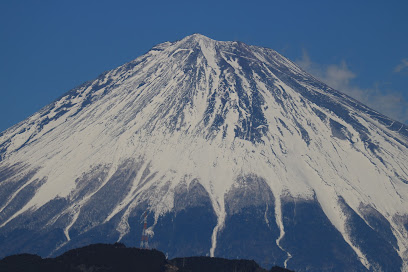
Fuji 4th View Point Station
Experience the awe-inspiring views of Mount Fuji from the Fuji 4th View Point Station, a must-visit observation deck in Yamanashi, Japan.
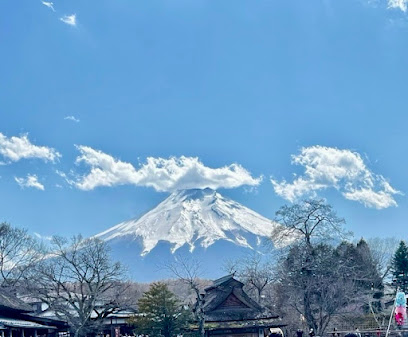
Hinode Observatory Deck
Experience stunning panoramas of Mount Fuji and the Yamanashi landscape from the Hinode Observatory Deck, a must-visit for nature lovers and photographers alike.
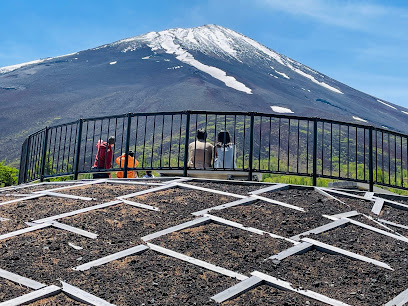
shinto shrine fuji
Experience the serene beauty and spiritual depth of the Shinto Shrine Fujinomiya, a must-visit destination at the foot of Mount Fuji.
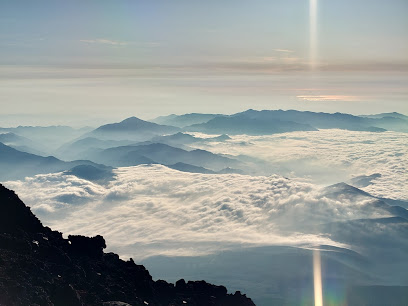
Fuji melody road
Explore the breathtaking Fuji Melody Road, a scenic route offering stunning views of Mount Fuji and a tranquil escape into nature's beauty.
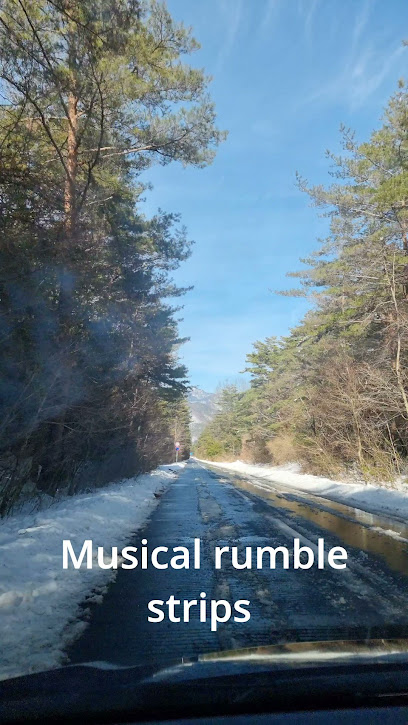
Unmissable attractions to see
Fuji-Q Highland
Discover the ultimate amusement park experience at Fuji-Q Highland, where thrilling rides meet breathtaking views of iconic Mount Fuji.
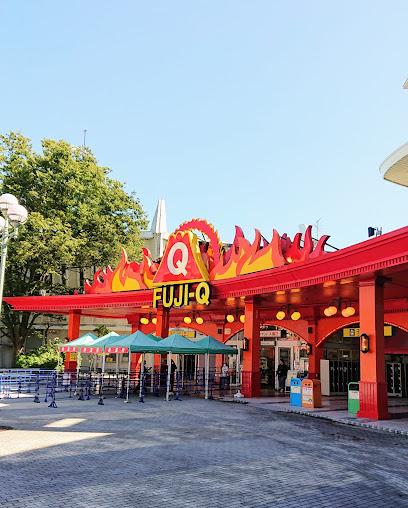
Owakudani
Explore Owakudani, a volcanic wonderland in Hakone, with stunning views, hot springs, and delicious black eggs that promise a unique Japanese adventure.

Mishima Sky Walk
Experience breathtaking views from Japan's longest pedestrian suspension bridge at Mishima Sky Walk, a must-visit attraction in Shizuoka.
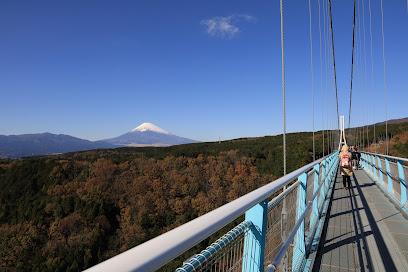
Hakone Shrine
Experience the serene beauty of Hakone Shrine, a historical Shinto site nestled by Lake Ashi, surrounded by majestic nature and cultural heritage.

EXPASA Ashigara Parking Area (Down)
Experience the charm of Shizuoka at EXPASA Ashigara Parking Area, the perfect rest stop with local flavors and stunning views.
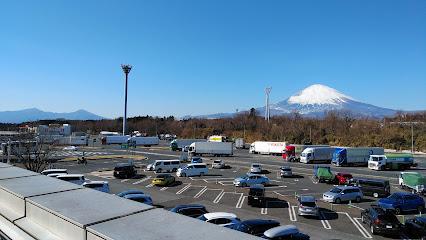
Ashigara Service Area (up)
Discover the Ashigara Service Area in Shizuoka, a scenic rest stop with local cuisine, stunning views of Mount Fuji, and unique souvenirs.
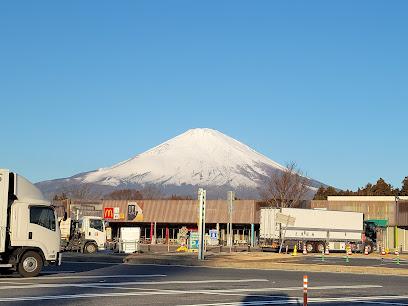
Shiraito Falls
Experience the breathtaking beauty of Shiraito Falls, a stunning natural wonder surrounded by lush greenery and captivating views in Fujinomiya, Shizuoka.

Kinomiya Shrine
Experience the serene beauty and spiritual depth of Kinomiya Shrine, a must-visit Shinto landmark in Atami, Japan.
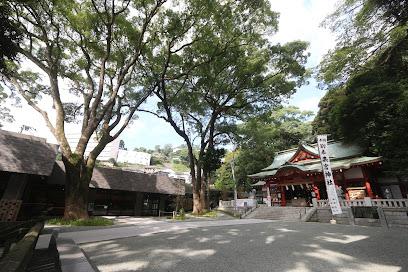
Fujisan Hongu Sengen Taisha Shrine
Explore the spiritual beauty of Fujisan Hongu Sengen Taisha Shrine, a must-visit Shinto shrine at the foot of Japan's iconic Mount Fuji.

Kawaguchiko Tenjoyama Park
Discover the natural beauty of Kawaguchiko Tenjoyama Park, where vibrant flowers meet stunning views of Mount Fuji, perfect for tourists and nature lovers.
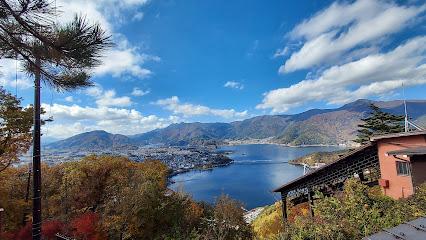
Onsen - Fuji Yurari Hot Spring
Discover tranquility at Fuji Yurari Hot Spring - a day-use onsen in Yamanashi, where relaxation meets stunning natural beauty.
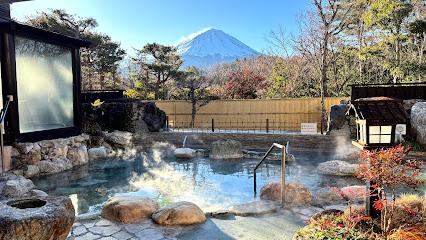
Hakone Kowakien Yunessun
Experience a blend of relaxation and excitement at Hakone Kowakien Yunessun, a unique onsen and water park in scenic Hakone, Japan.
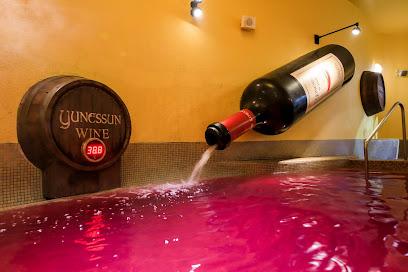
Mitama Hot Spring
Discover serenity at Mitama Hot Spring, where therapeutic waters, delicious cuisine, and a tranquil atmosphere create the perfect escape in Yamanashi.
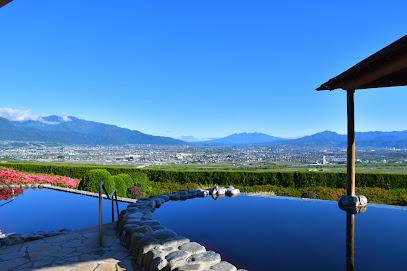
Nihondaira
Experience breathtaking views and rich cultural heritage at Nihondaira, the scenic gem of Shizuoka, Japan, perfect for nature lovers and history enthusiasts.
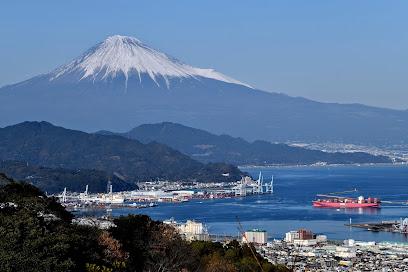
Arakura Fuji Sengen Shrine
Experience the serene beauty of Arakura Fuji Sengen Shrine, a cultural gem in Fujiyoshida, Yamanashi, with breathtaking views of Mount Fuji.
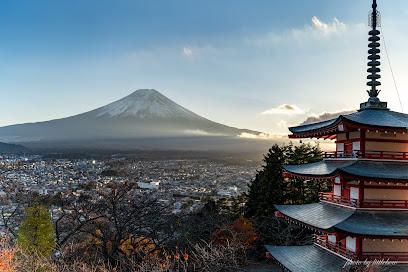
Essential places to dine
Fujisan Miharashi
Experience the beauty and culture at Fujisan Miharashi – a perfect blend of shopping, dining, and breathtaking views near Mount Fuji.

富士急雲上閣レストラン
Experience delightful snacks at Fuji-Q Unjokaku Restaurant with stunning views of Mount Fuji - perfect for tourists seeking relaxation and taste.
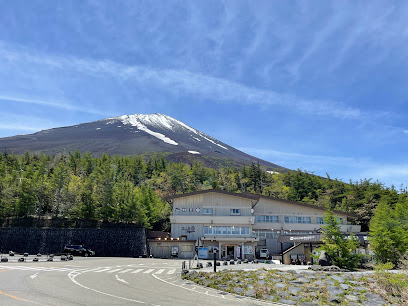
Markets, malls and hidden boutiques
Mount Fuji
Explore the breathtaking beauty of Mount Fuji, Japan's highest peak, a UNESCO World Heritage Site, and a symbol of cultural significance and natural splendor.
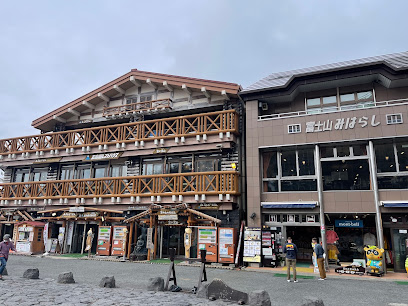
旅の駅 kawaguchiko base
Explore 旅の駅 Kawaguchiko Base for unique souvenirs, fresh pastries, and authentic Japanese meals in the heart of Fujikawaguchiko.
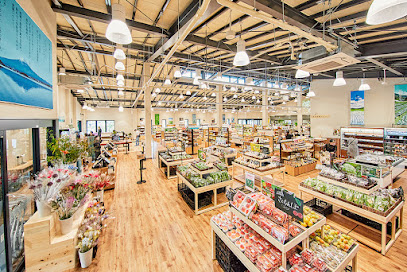
Kawaguchiko Shopping Center BELL
Explore the vibrant Kawaguchiko Shopping Center BELL, a shopper's haven with diverse stores and delicious dining options near stunning Mount Fuji.

Don Quijote Kawaguchiko Interchange
Explore an extensive range of products at Don Quijote Kawaguchiko Interchange, where great prices meet unique finds in the heart of Yamanashi.
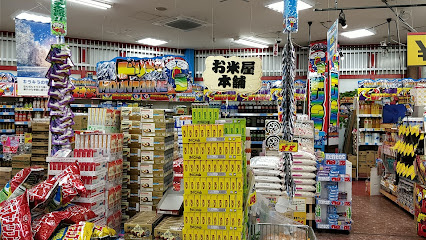
Akafuji Wine Cellar
Experience the unique flavors of Japanese wines at Akafuji Wine Cellar, nestled in the stunning Fujikawaguchiko region with breathtaking views of Mount Fuji.
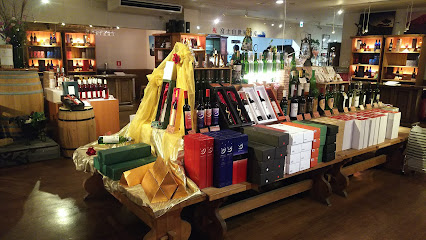
Montbell
Discover outdoor adventures at Montbell, your one-stop shop for hiking gear, cycling equipment, and expert advice in Fujiyoshida, Yamanashi.

Kawaguchiko Herb Hall
Discover the essence of Yamanashi at Kawaguchiko Herb Hall, where herbal wonders and unique souvenirs await amidst stunning landscapes.
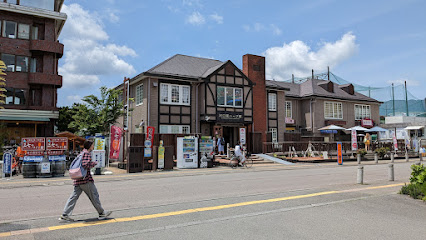
Narusawa Mt. Fuji Museum
Explore the Narusawa Mt. Fuji Museum: A Cultural Haven at the Foot of Japan's Iconic Mountain.
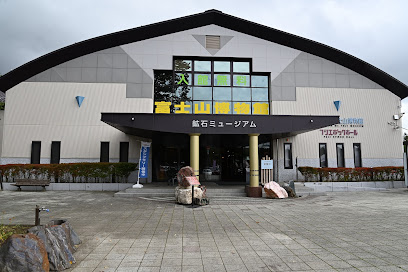
Mt.Fuji 5th Station Komitake Baiten
Explore a captivating selection of local treasures and souvenirs at Mt. Fuji 5th Station's Komitake Baiten, the perfect stop for every traveler.
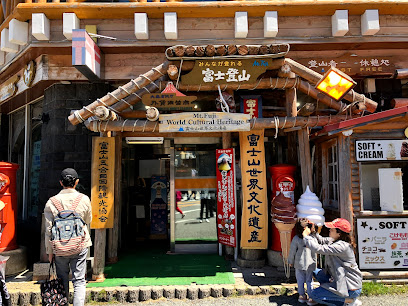
Forest Station Fujisan
Explore Forest Station Fujisan, a charming souvenir store offering authentic local crafts and breathtaking views of Mount Fuji.
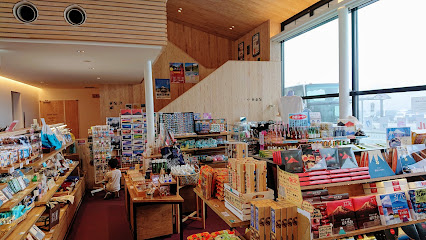
Fujiyama cookie
Discover the sweet taste of Japan at Fujiyama Cookie, where every pastry is a tribute to the iconic Mount Fuji and local traditions.
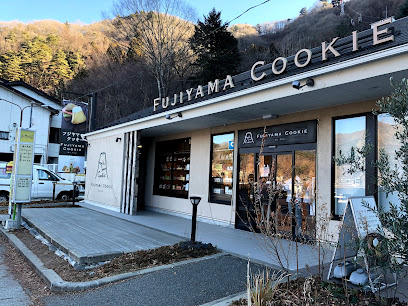
Q-STA
Explore Q-STA, a vibrant shopping mall in Fujiyoshida offering diverse shops and stunning views of Mount Fuji from its observation deck.

Hard Off
Uncover eclectic treasures at Hard Off, Fujikawaguchiko's ultimate thrift store for vintage finds and unique collectibles.
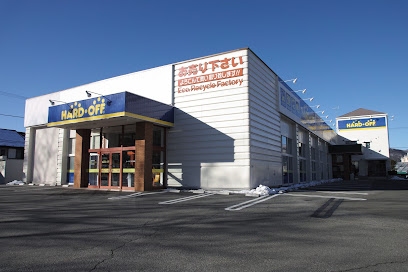
BOOKOFF Fujiyoshida Store
Explore a world of second-hand treasures at BOOKOFF Fujiyoshida Store, where vintage finds and unique items await every enthusiast.

DAISO
Explore DAISO in Fujikawaguchiko for an incredible selection of affordable goods, from home essentials to unique souvenirs that enhance your travel experience.
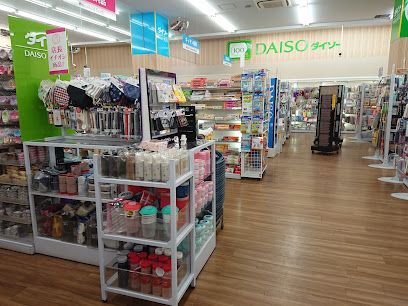
Essential bars & hidden hideouts
Shaw's Sushi Bar & Dining
Experience authentic sushi dining with stunning views in Fujikawaguchiko, where the flavors of Japan come alive.
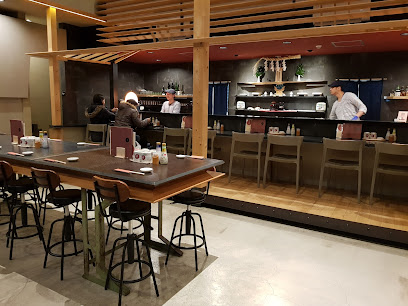
Kagelow Mt. Fuji Hostel
Discover comfort and camaraderie at Kagelow Mt. Fuji Hostel, your perfect retreat near Japan's iconic mountain.

Dot Hostel & Bar
Discover the lively and welcoming atmosphere of Dot Hostel & Bar, where comfort meets adventure in the heart of Fujikawaguchiko.

Fujisan Miharashi
Experience breathtaking views and authentic Japanese cuisine at Fujisan Miharashi, the perfect mountain retreat near iconic Mount Fuji.
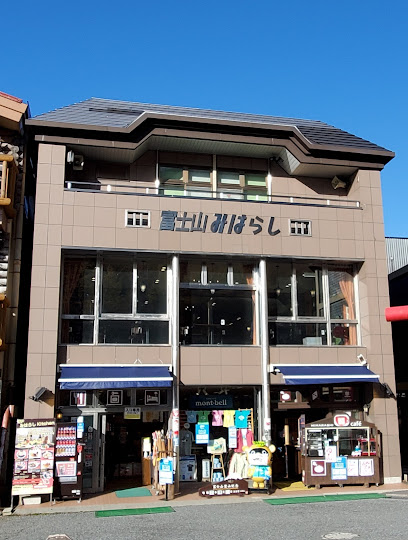
TOCORO. BAR&DINING
Experience the fusion of flavors and a cozy ambiance at TOCORO. BAR&DINING in Fujikawaguchiko, the perfect dining spot for food lovers.
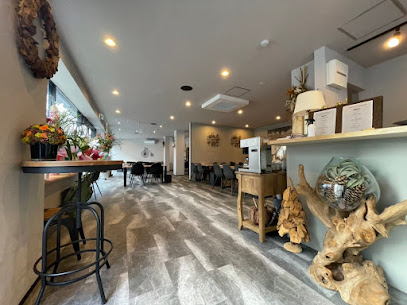
Cooliya
Experience the essence of Japanese cuisine at Cooliya, where tradition meets modern culinary artistry in every dish.

居楽
Discover居楽, an authentic izakaya in Fujikawaguchiko offering delicious Japanese cuisine and a welcoming atmosphere perfect for tourists.
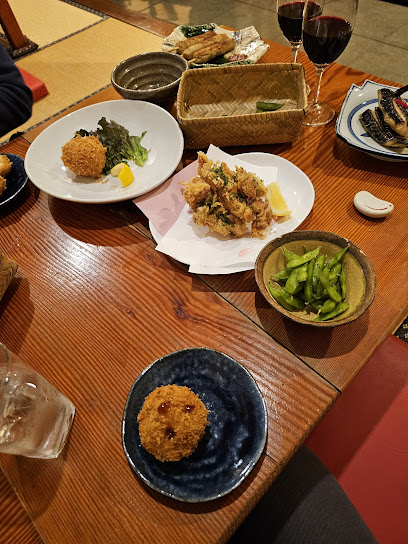
Gogōen Rest House
Experience the best of Yamanashi at Gogōen Rest House, where local cuisine meets stunning views of Mount Fuji.
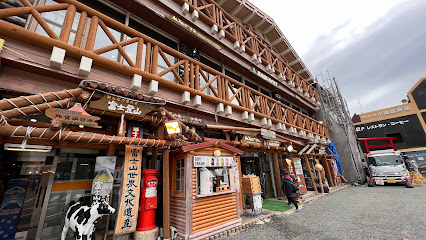
New York
Explore the energetic nightlife of New York bar in Fujikawaguchiko, where exceptional cocktails and live music create unforgettable moments.
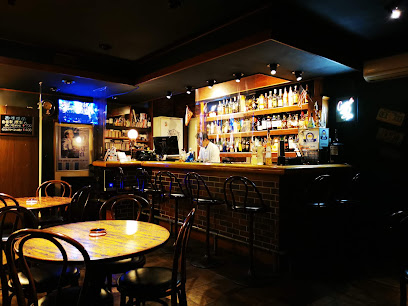
ピンク・ド・フラミンゴ(Pink De Flamingos)
Experience the vibrant nightlife at Pink De Flamingos, a modern izakaya in Fujiyoshida offering creative cocktails and delicious Japanese cuisine.
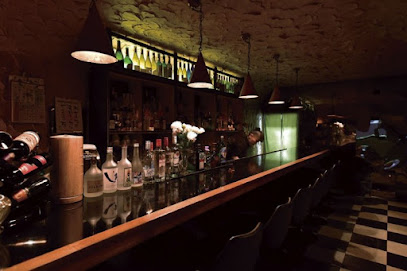
BarDeep
Discover the lively atmosphere of BarDeep in Fujinomiya, a perfect nightlife spot for tourists to enjoy local drinks and great company.
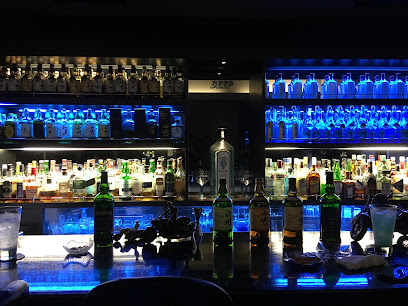
Military Bar「Bush」
Discover the charm of Military Bar 'Bush' in Gotemba, where relaxation meets camaraderie in a unique military-themed atmosphere.
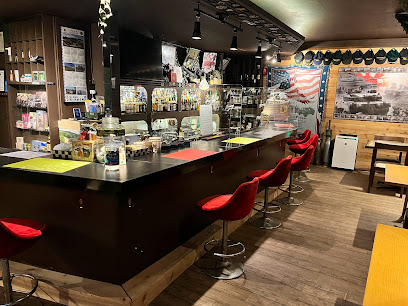
南の国から
Dive into the lively ambiance of 南の国から, a must-visit cabaret club and beer hall in Fujiyoshida, where entertainment and local brews await.
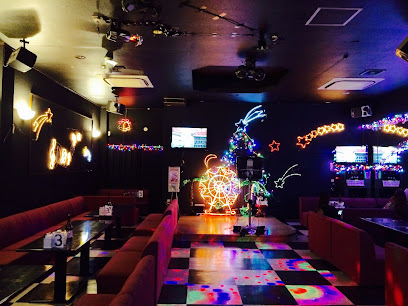
Darts Cafe&Bar CIEL
Experience the vibrant nightlife at Darts Cafe&Bar CIEL in Fujikawaguchiko, where darts and drinks create unforgettable memories.
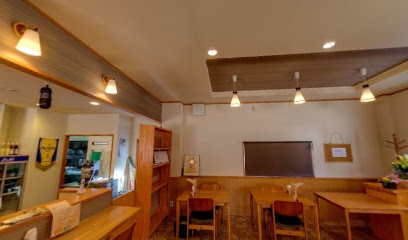
Authors
Discover the charm of Authors Bar in Fujikawaguchiko, where local flavors meet stunning views and a cozy atmosphere.
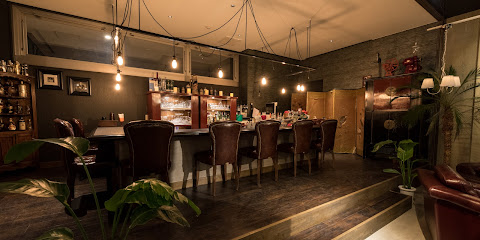
Local Phrases about Mount Fuji
-
- Helloこんにちは
[Konnichiwa] - Goodbyeさようなら
[Sayonara] - Yesはい
[Hai] - Noいいえ
[Iie] - Please/You're welcomeどうぞ
[Douzo] - Thank youありがとう
[Arigatou] - Excuse me/Sorryすみません
[Sumimasen] - How are you?お元気ですか?
[Ogenki desu ka?] - Fine. And you?元気です。あなたは?
[Genki desu. Anata wa?] - Do you speak English?英語を話せますか?
[Eigo o hanasemasu ka?] - I don't understandわかりません
[Wakarimasen]
- Helloこんにちは
-
- I'd like to see the menu, pleaseメニューを見せていただきたいです
[Menyuu o misete itadakitai desu] - I don't eat meat肉は食べません
[Niku wa tabemasen] - Cheers!乾杯!
[Kanpai!] - I would like to pay, pleaseお会計をお願いします
[Okaikei o onegaishimasu]
- I'd like to see the menu, pleaseメニューを見せていただきたいです
-
- Help!助けて!
[Tasukete!] - Go away!去ってください!
[Satte kudasai!] - Call the Police!警察を呼んで!
[Keisatsu o yonde!] - Call a doctor!医者を呼んで!
[Isha o yonde!] - I'm lost道に迷っています
[Michi ni mayotteimasu] - I'm ill具合が悪いです
[Guai ga warui desu]
- Help!助けて!
-
- I'd like to buy......を買いたいです
[... o kaitai desu] - I'm just looking見てるだけです
[Miteru dake desu] - How much is it?いくらですか?
[Ikura desu ka?] - That's too expensiveそれは高すぎます
[Sore wa takasugimasu] - Can you lower the price?値段を下げてもらえますか?
[Nedan o sagetemoraemasu ka?]
- I'd like to buy......を買いたいです
-
- What time is it?今何時ですか?
[Ima nanji desu ka?] - It's one o'clock一時です
[Ichiji desu] - Half past (10)10時半
[Juuji han] - Morning朝
[Asa] - Afternoon午後
[Gogo] - Evening夕方
[Yuugata] - Yesterday昨日
[Kinou] - Today今日
[Kyou] - Tomorrow明日
[Ashita] - 1一
[Ichi] - 2二
[Ni] - 3三
[San] - 4四
[Yon] - 5五
[Go] - 6六
[Roku] - 7七
[Nana] - 8八
[Hachi] - 9九
[Kyu] - 10十
[Ju]
- What time is it?今何時ですか?
-
- Where's a/the...?...はどこですか?
[... wa doko desu ka?] - What's the address?住所は何ですか?
[Juusho wa nan desu ka?] - Can you show me (on the map)?地図で見せてもらえますか?
[Chizu de misetemoraemasu ka?] - When's the next (bus)?次のバスはいつですか?
[Tsugi no basu wa itsu desu ka?] - A ticket (to ....)...までの切符
[... made no kippu]
- Where's a/the...?...はどこですか?
History of Mount Fuji
-
Mount Fuji, Japan's tallest peak at 3,776 meters, is a stratovolcano that formed over the course of several hundred thousand years. The current mountain is the result of repeated volcanic activity, with the latest major eruption occurring in 1707-1708 during the Edo period. Known as the Hoei Eruption, it deposited ash as far away as Edo (now Tokyo), approximately 100 kilometers to the east.
-
Mount Fuji holds a sacred place in Japanese religion and has been a site of pilgrimage for centuries. In Shinto belief, it is regarded as the home of the goddess Sengen-Sama, who is enshrined at the Fujisan Hongū Sengen Taisha shrine. The mountain is also significant in Buddhism, where it symbolizes enlightenment and rebirth. Pilgrims traditionally climb the mountain during the summer months to honor these spiritual connections.
-
Mount Fuji has been a prominent subject in Japanese art and literature. One of the most iconic depictions is 'The Great Wave off Kanagawa,' one of the Thirty-Six Views of Mount Fuji by the ukiyo-e artist Katsushika Hokusai. This series underscores the mountain's cultural significance and its enduring inspiration to artists. Likewise, writers such as Matsuo Basho have penned haiku and other literary works that capture the mountain's majestic and serene presence.
-
During the Edo period (1603-1868), Mount Fuji became a popular subject for woodblock prints and travel literature, reflecting its importance in Japanese culture. The Tōkaidō road, which connected Edo (Tokyo) to Kyoto, provided travelers with numerous vantage points for viewing and appreciating the mountain. This era saw an increase in tourism to Mount Fuji, facilitated by the growing prosperity and stability of the time.
-
In the modern era, Mount Fuji continues to be a symbol of Japan and a popular destination for both domestic and international tourists. Recognizing its cultural and historical significance, UNESCO designated Mount Fuji as a World Heritage Site in 2013. The designation encompasses not only the mountain itself but also surrounding sites of cultural importance, such as the Fujisan Hongū Sengen Taisha shrine and the Shiraito Falls.
-
During World War II, Mount Fuji was used as a navigational landmark by Japanese pilots. Its iconic shape was easily recognizable from the air, making it a crucial reference point. Though the mountain itself was not a site of military conflict, its symbolic importance was leveraged in wartime propaganda to instill a sense of national pride and resilience among the Japanese people.
Mount Fuji Essentials
-
Mount Fuji is located on Honshu Island, approximately 100 kilometers southwest of Tokyo. The most convenient way to reach Mount Fuji is by taking the train from Tokyo. The JR Tokaido Shinkansen takes you from Tokyo to Shin-Fuji Station in about an hour. From there, you can take a bus to the 5th Station, which is a popular starting point for climbing Mount Fuji. Alternatively, you can take the JR Chuo Line to Otsuki Station and then transfer to the Fujikyu Railway to Kawaguchiko Station, where buses are available to the 5th Station.
-
Once you're in the Mount Fuji area, local buses are the most common means of transportation. The buses operate frequently and connect major tourist spots like the 5th Station, Lake Kawaguchi, and Fuji Five Lakes. Taxis are available but can be expensive. Renting a car is an option if you prefer flexibility, but be aware that parking can be limited, particularly during peak climbing season. Bicycle rentals are also available in some areas and can be a pleasant way to explore the surroundings.
-
The official currency of Japan is the Japanese Yen (JPY). Major credit cards are widely accepted in hotels, restaurants, and larger stores around Mount Fuji. However, it is advisable to carry some cash, especially for smaller establishments and local shops. ATMs that accept international cards are available at convenience stores like 7-Eleven and FamilyMart. It’s a good idea to withdraw sufficient cash before heading into more remote areas, as ATMs can be sparse.
-
Mount Fuji is generally a safe destination for tourists. However, it is essential to be cautious when hiking, as weather conditions can change rapidly. The Yoshida Trail is the most popular and safest route, especially for beginners. There are no specific high-crime areas targeting tourists, but it is always wise to keep your belongings secure and avoid isolated areas at night. Emergency shelters are available along the trails in case of bad weather or injury.
-
In case of emergency, dial 110 for police assistance and 119 for fire or medical emergencies. It is highly recommended to have travel insurance that covers medical emergencies and evacuation. Mount Fuji has several first-aid stations along the trails, but they may not be manned 24/7. For minor health issues, there are pharmacies in towns like Fujiyoshida and Kawaguchiko. Always inform someone of your climbing plans and estimated return time.
-
Fashion: Do wear appropriate hiking gear when climbing Mount Fuji. Layers are essential due to temperature changes. Avoid wearing flashy or revealing clothing. Religion: Do be respectful when visiting shrines and temples around Mount Fuji. Remove your shoes when entering these sacred places. Public Transport: Do board buses in an orderly manner and give up your seat for elderly passengers. Don't talk loudly or make phone calls on public transport. Greetings: Do bow slightly when greeting locals. A simple 'Konnichiwa' (Hello) is appreciated. Eating & Drinking: Do try local foods and always say 'Itadakimasu' before eating and 'Gochisousama' after finishing your meal. Don't leave food on your plate, as it is considered wasteful.
-
To experience Mount Fuji like a local, consider visiting during the shoulder seasons (late spring or early autumn) to avoid crowds. Take a dip in an onsen (hot spring) in the nearby towns of Hakone or Kawaguchiko for a relaxing experience. Engaging with local shopkeepers and trying regional specialties like Hoto noodles can enrich your visit. Don't miss the Chureito Pagoda for a stunning view of Mount Fuji, especially during cherry blossom season.
Nearby Cities to Mount Fuji
-
Things To Do in Nagoya
-
Things To Do in Kanazawa
-
Things To Do in Kyoto
-
Things To Do in Nara
-
Things To Do in Osaka
-
Things To Do in Hiroshima
-
Things To Do in Fukuoka
-
Things To Do in Pohang
-
Things To Do in Ulsan
-
Things To Do in Gyeongju
-
Things To Do in Busan
-
Things To Do in Sapporo
-
Things To Do in Andong
-
Things To Do in Daegu
-
Things To Do in Chuncheon













